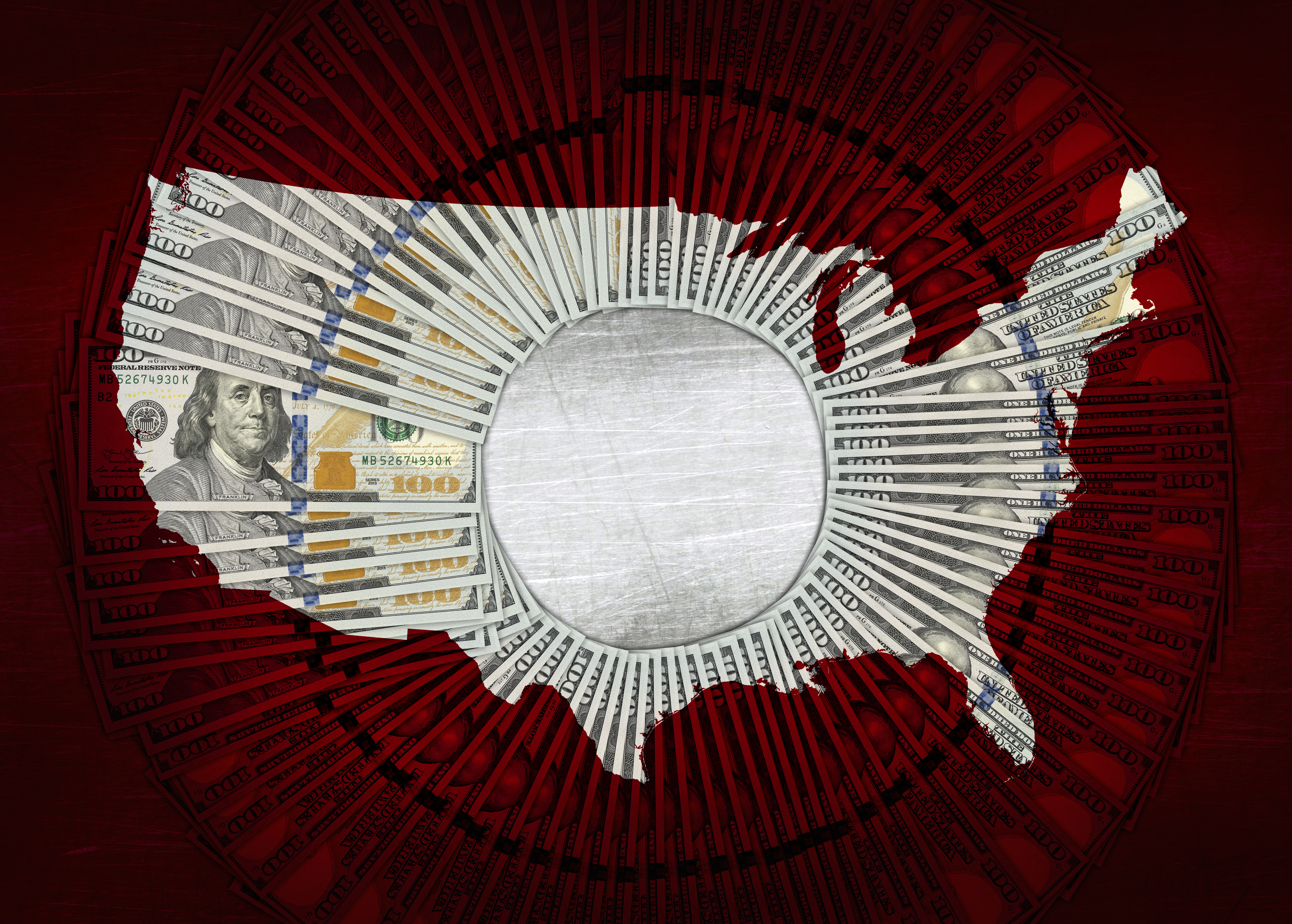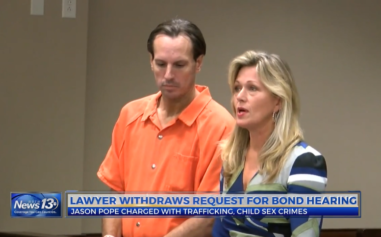The accusations against R. Kelly and Jeffrey Epstein are shining a light on the issue of human trafficking and child sex trafficking. July 30 is the World Day against Trafficking in Persons. According to the United Nations, human trafficking involves the exploitation of women, children and men for sex, forced labor and other purposes. Women and girls are most sex trafficking victims— though men and boys are also victims — and 35 percent of victims of forced labor trafficking.
Among the millions of human trafficking victims are Black children. There are many misconceptions about the nature of trafficking, causes and circumstances, and the predators and those they exploit. As a result, Black children become invisible and silent victims.

Misconception #1: Human trafficking is limited to foreign countries
Human trafficking is a global phenomenon and no country is immune, including the United States. According to the 2014 Trafficking in Persons Report, America is a “source, transit, and destination country for men, women, and children — both U.S. citizens and foreign nationals, subjected to sex trafficking and forced labor, including domestic servitude.”
Between 244,000 and 325,000 American youth have a high risk of sexual exploitation, particularly young teens who are runaways, homeless or otherwise at-risk. Over 200,000 children become sex trafficking victims each year. Moreover, trafficking does not require transportation across state or national boundaries, and requires no movement at all.
A 2010 Urban Institute report on the underground commercial sex economy in eight major U.S. cities found the underground sex economy was worth between $39.9 million and $290 million. Pimps and traffickers earned between $5,000 and $32,833 per week.
Misconception #2: Human trafficking involves only white women and girls as victims and Black men as perpetrators
In the U.S. the victims of trafficking are more likely to be Black than any other group. African Americans are 40 percent of victims, and whites are 26 percent of victims according to the U.S. Department of Justice. Further, 62 percent of confirmed trafficking suspects are Black.
Under the Trafficking Victims Protection Act, any person under age 18 who performs a commercial sex act is considered a victim of trafficking. Black children are particularly vulnerable. “Compared with other segments of the population, victimization rates for African American children and youths are even higher,” according to the National Center for Victims of Crime. “Evidence suggests that Black youths ages 12 to 19 are victims of violent crime at significantly higher rates than their white peers. Black youths are three times more likely to be victims of reported child abuse or neglect…[or] robbery and five times more likely to be victims of homicide.”
Atlanta is a major center for “urban sex trafficking” because it is a big city with the world’s busiest airport and many events, conventions and parties, conditions which attract traffickers of women and children.
Cyntoia Brown is a prime example of how human trafficking sweeps up Black girls. Brown — who was highlighted in a 2011 PBS documentary “Me Facing Life” — was born with fetal alcohol syndrome, endured a childhood trauma with sexual and physical abuse and was forced into sex trafficking. At age 16, Brown killed a 43-year-old white man who purchased her for sex. Although Brown claimed she feared for her life and acted in self-defense, the prosecution argued she was motivated by robbery. Brown was convicted of first-degree murder, with parole eligibility at age 69. Tennessee Gov. Bill Haslam granted Brown clemency earlier this year, with a release date of August 7.
Misconception #3: Sex trafficking victims are really prostitutes who broke the law, made bad life choices and should be punished
Language is important in framing the proper narrative for victims of human trafficking and holding society accountable, rather than blaming those who have been harmed. This is particularly true of children exploited and threatened for profit, who as victims lack the ability to choose to be sex workers.
Various risk factors make human trafficking victims vulnerable, such as poverty, age, no support system, a history of exploitation, domestic violence and child abuse. Other factors include substance abuse, homelessness, learning disabilities, online solicitation and runaway status. Further, sex trafficking takes place not only in illegal, underground industries, but in legal industries such as restaurants and hotels, factories, cleaning services, construction, massage parlors and on social media. Popular venues for recruitment are schools, bus stops, movie theaters, churches, foster homes, jails, shopping malls, homeless shelters and children’s shelters, and rehab facilities.
The FBI reported in 2013 that 60 percent of sex trafficking victims came from group homes or foster care. In New York, 85 percent of child trafficking victims were in the child welfare system.
Misconception #4: Victims of human trafficking must be forced and coerced and will seek help in public
Although human trafficking is modern-day slavery and is compared to
antebellum slavery, there are differences. Abductions and kidnappings account for a small percentage of trafficking victims, and a report from the Polaris Project found that 32 percent of sex trafficking victims were recruited through a friend.
Physical force is a common means that perpetrators use to control their
victims. However, many victims are not shackled to a bed, but rather controlled through psychological abuse. These victims may not seek help in public because they are abused, in fear or ashamed, instructed to remain silent, may not know their rights, or believe staying in their current situation is their only way to survive.
Some victims of trafficking do not even view themselves as exploited victims and may not realize how caught up they are. “Extracting victims from trafficking situations can be dangerous and complicated. It isn’t as easy as expecting victims to escape the first time they have the opportunity,” notes Psychology Today, as victims require therapy and social services to leave their abusive situations.
Misconception #5: There is little society or the average person can do to end human trafficking
Anti-trafficking policies can protect children. Members of the general public can educate themselves on the risks and warning signs of trafficking, inform family, friends and authorities of any suspected trafficking cases, and demand their elected representatives secure more funding to end human trafficking. Society must deal with the supply and demand components of human trafficking and educate children who are at risk.
If you think someone is a trafficking victim, call the National Human Trafficking Hotline at 1-888-373-7888 or contact the BeFree Textline by texting HELP to 233733 (BeFree).


